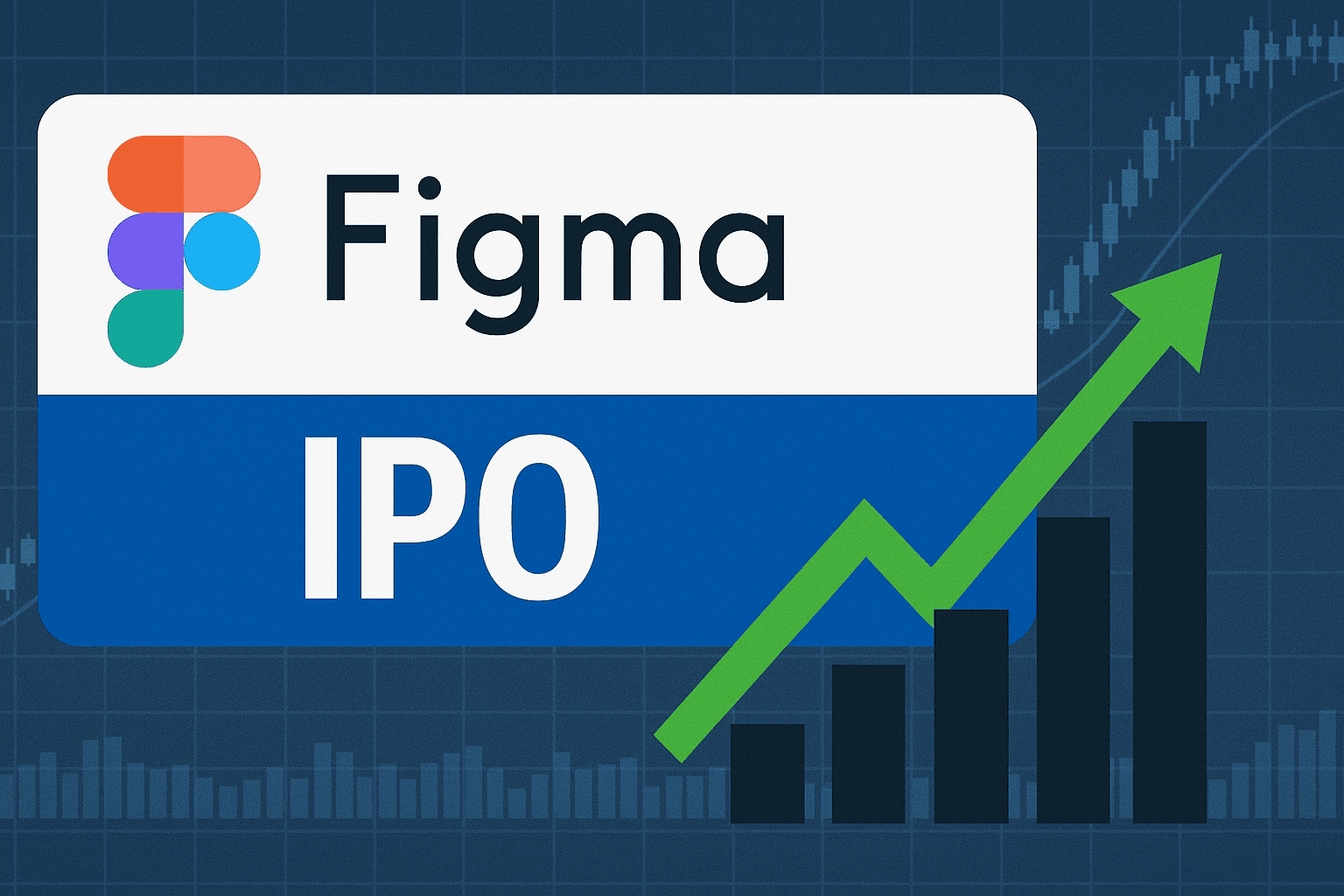The financial technology revolution is showing no signs of slowing down anytime soon. Within the first six months of 2018 the global FinTech sector raised $41.7 billion, surpassing any previous records. Every aspect of business operations is being transformed by financial innovation and credit management function is the latest one on that list. Thanks to the past credit crisis and default rates,credit management is now a big priority for businesses looking to maintain (and improve) their bottom line. It is already known that technology is reinventing how we manage money but now, thanks to increasing investments and innovation in the area, businesses are gaining a glimpse into their customers’ personalities and amending their services to match. Check out the some of the latest financial technologies making waves in the credit management world.
Blockchain Technology
Garnering a lot of attention around the globe, blockchain technology has opened up new avenues for the credit management process. Lending agencies are utilizing this technology to remedy past inefficiencies in the loan assessment and ID verification process. For lenders assessing an applicant’s suitability or credit history, the process can be both time and financially consuming. Along with the segregation of data between credit agencies, the inefficiencies in the loan application process can clearly be identified. In 2017, the world witnessed 143 million Americans being affected in the Equifax data breach; an event that cost the credit scoring company over $439 million dollars according to Reuters. However, with the use of blockchain technology, the possibility of errors is reduced and the chances of a data breach are minimized; protecting the consumers. In addition with a reduced cost of data, both lenders and consumers face lowered prices for use of credit facilities.
Peer To Peer Lending
The question in everyone’s minds currently is whether peer to peer platforms will replace banks in society as we know it. Considering its rapid growth and adoption by the banking market, it definitely seems to be an option. Recent reports including the most recent Digital Banking Report estimate that banks could lose up to 25 percent of their revenues while a PWc report, Redrawing the lines: FinTech’s growing influence on Financial Services reckon that financial institutions can lose up to 40 percent of their revenues to financial technology firms. The rise of applications such as the recently launched Inlock has increased access to credit for a massive proportion of the population globally including to technological hub spots such as China and India.
Digital companies now offer mortgages and microloans for those looking for borrow with less than stellar credit scores. Credit firms such as Crediful.com suggests measures such as securing a cosigned or credit builder loans for those looking to initiate their credit journey. Thanks to fintech innovation, P2P platforms are now available specifically for them to access microloans and establish a credit history. Its application does not end there. Platforms such as Octopus now allow for investors to provide property loans, with up to a 76 percent loan to value ratio. An increasing number of lenders and borrowers continue to be connected with the help of financial technology and alternative lending options with the number of U.S. users predicted to surpass 120 million by 2020.
FinTech Data Science
Finally, another trend in the fintech and credit management world is the use of big data science. Companies such the Mercantile Bank of Michigan and Societe Generale are partnering up with data companies to analyze financial data of their companies, in a bid to better understand their customers. The tactics which are being used include financial data science in which money induction and transactions are being dealt with using automatic computer systems or artificial intelligence. Financial institutions are always at risk of their customers defaulting on their loans or obligations. With the use of big data, banks are attempting to establish customer patterns and use this to their advantage by identifying the likelihood of an applicant defaulting. Before the financial technology surge, banks and lenders relied on credit reports and scores as the deciding indicators of creditworthiness and risk but with the introduction of fintech data science, firms can develop predictive models based on their historical patterns. For debt collection, companies such as True Accord are now utilizing artificial intelligence to personalize their communications and collection process.
Thanks to the fintech insurgency, the landscape for credit management is rapidly changing. Innovations including artificial intelligence and alternative lending platforms are replacing the traditional elements; transforming the way assets are managed. What is more is not only are these trends replacing certain elements in the process but they are removing some of them altogether.




